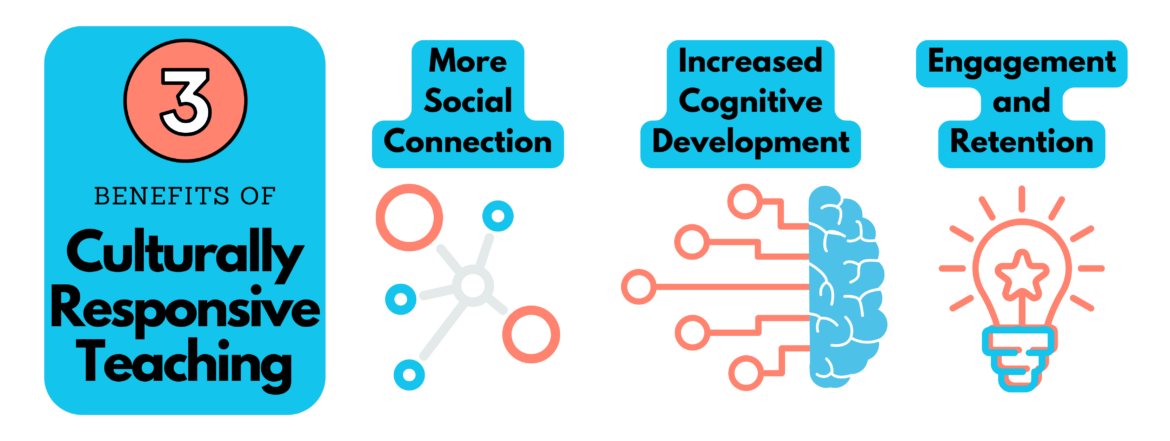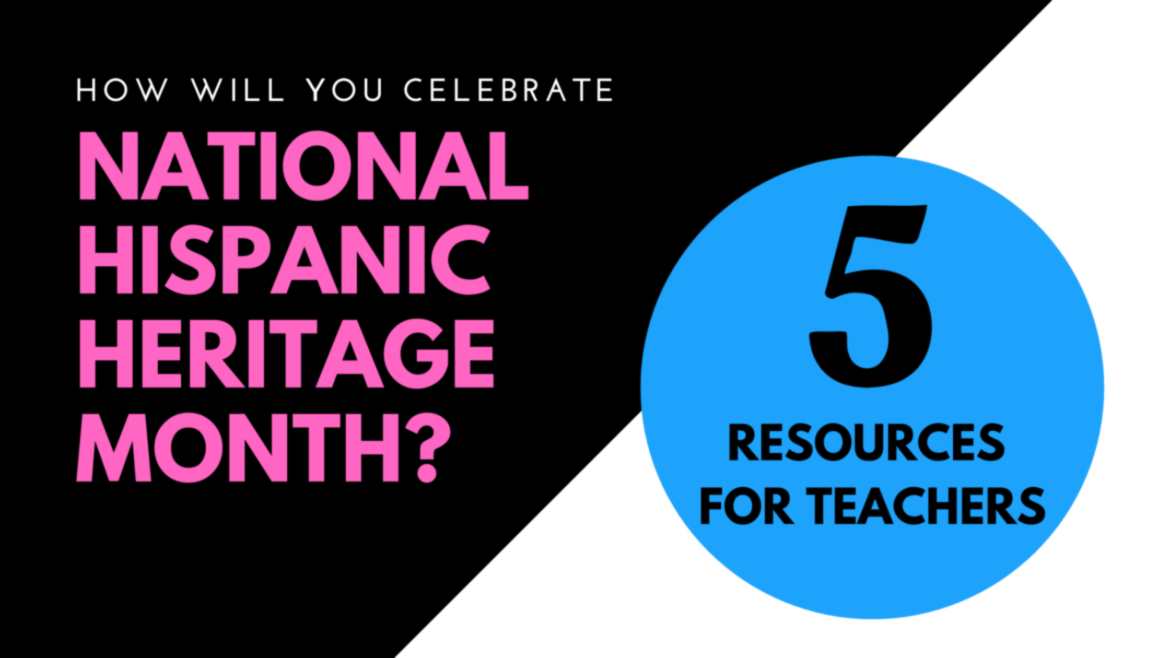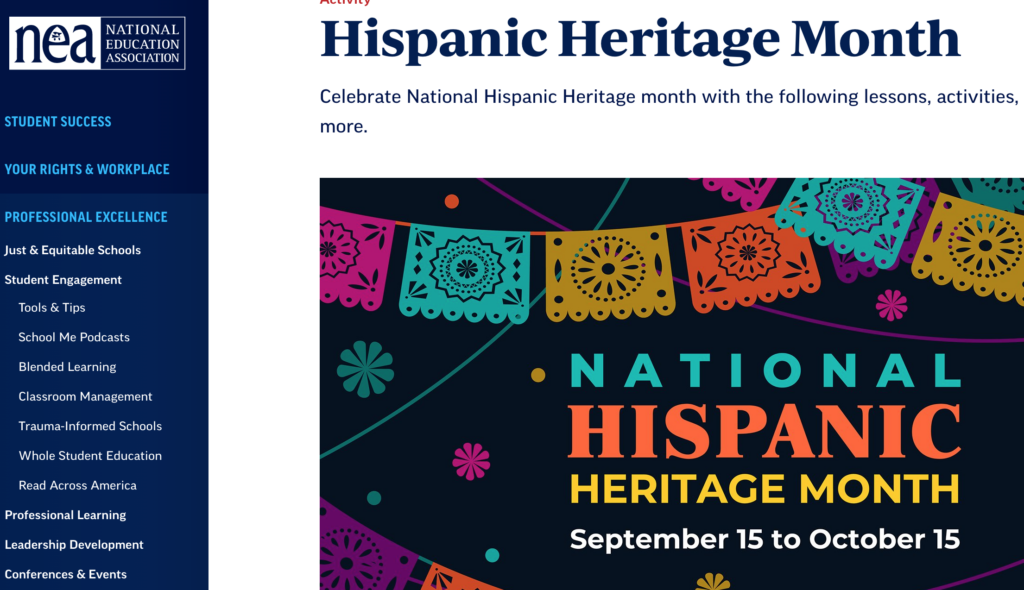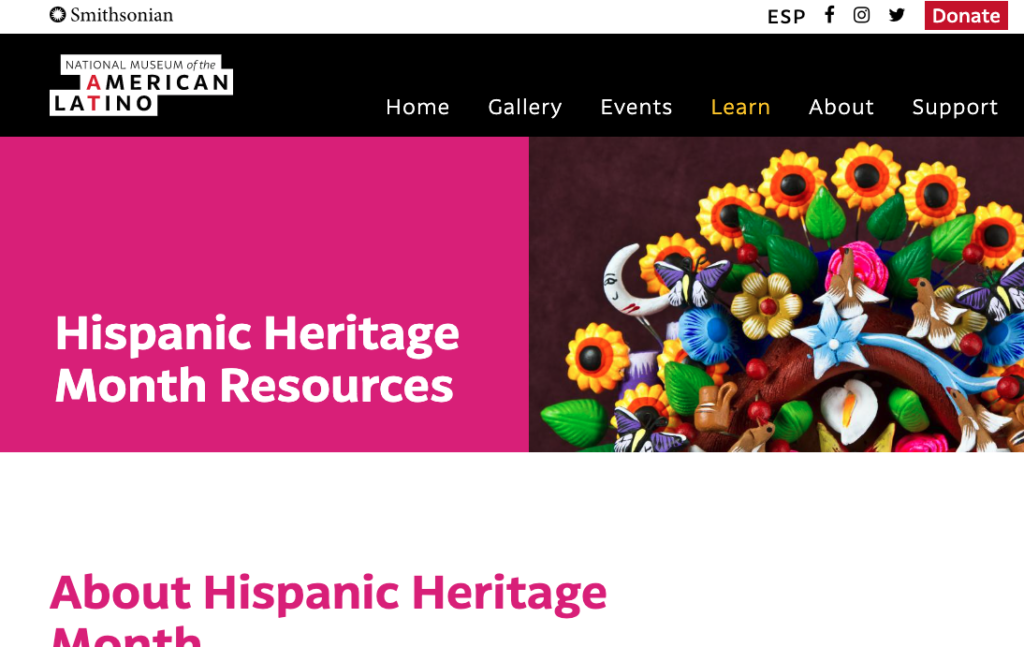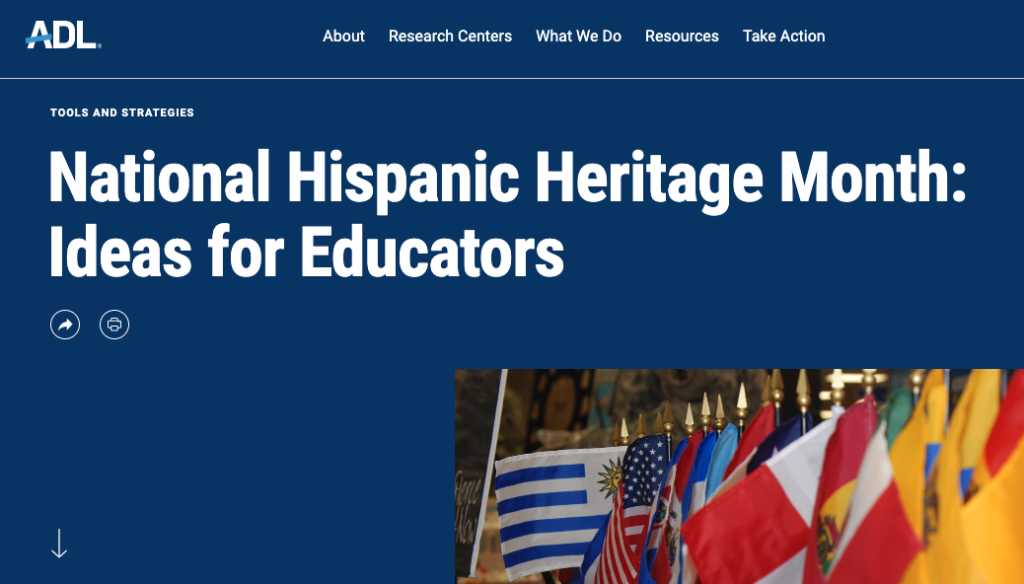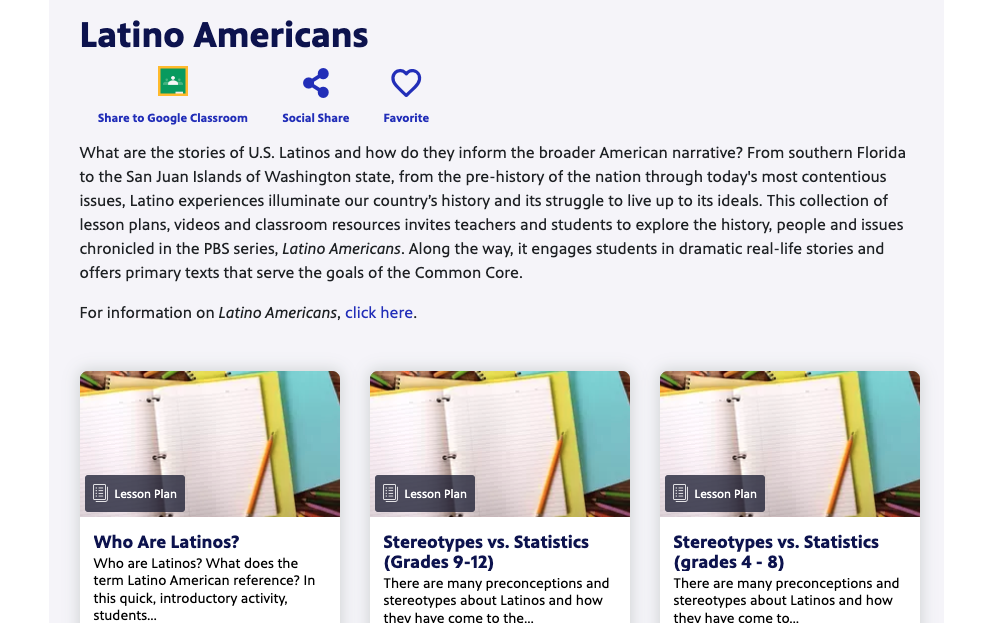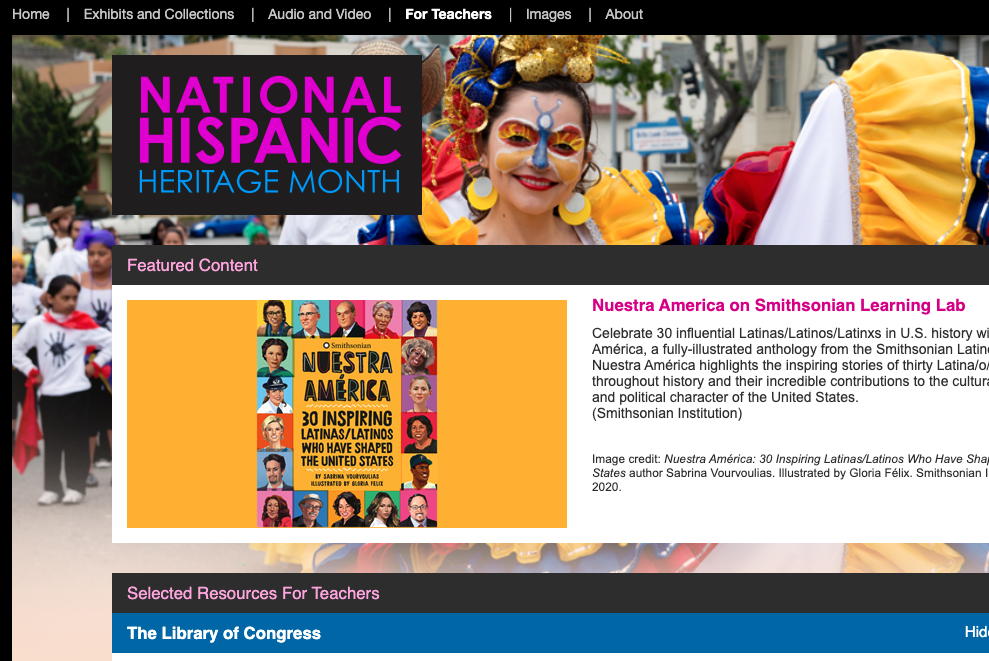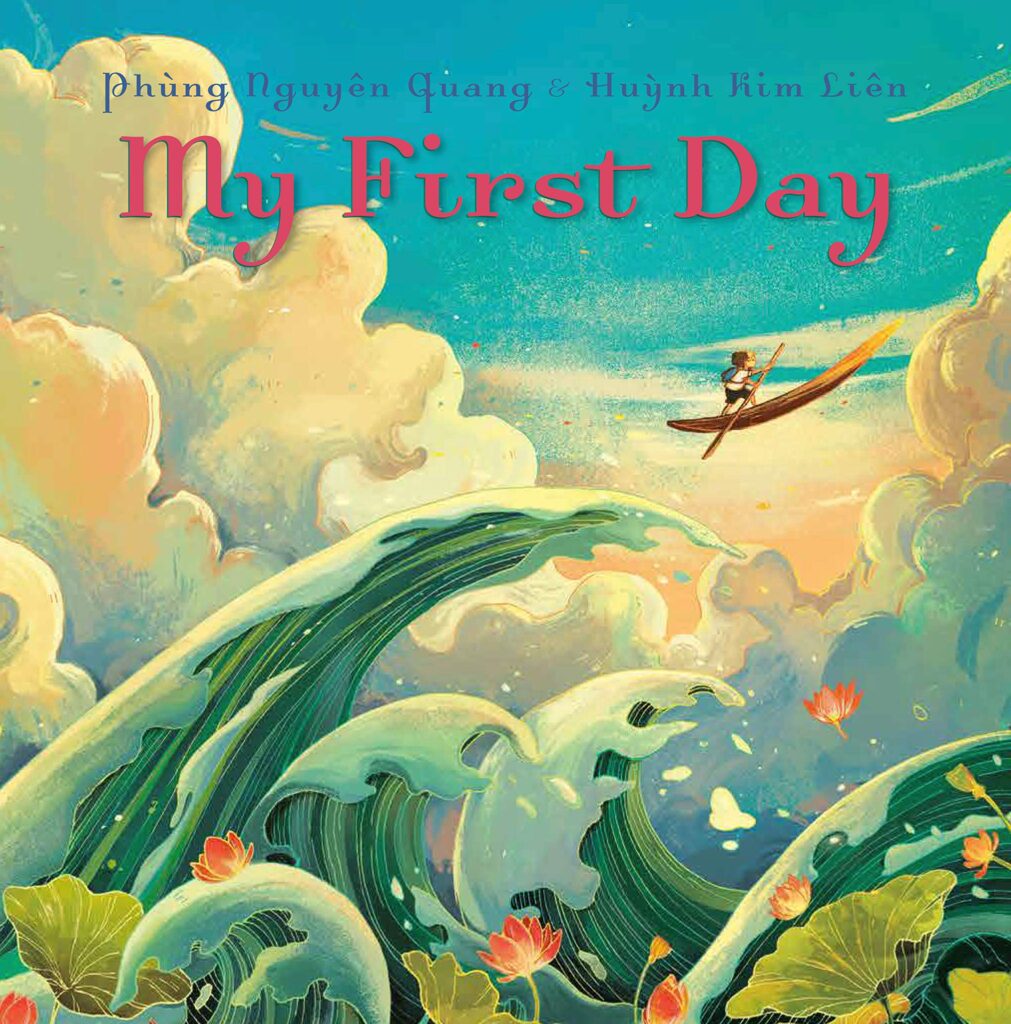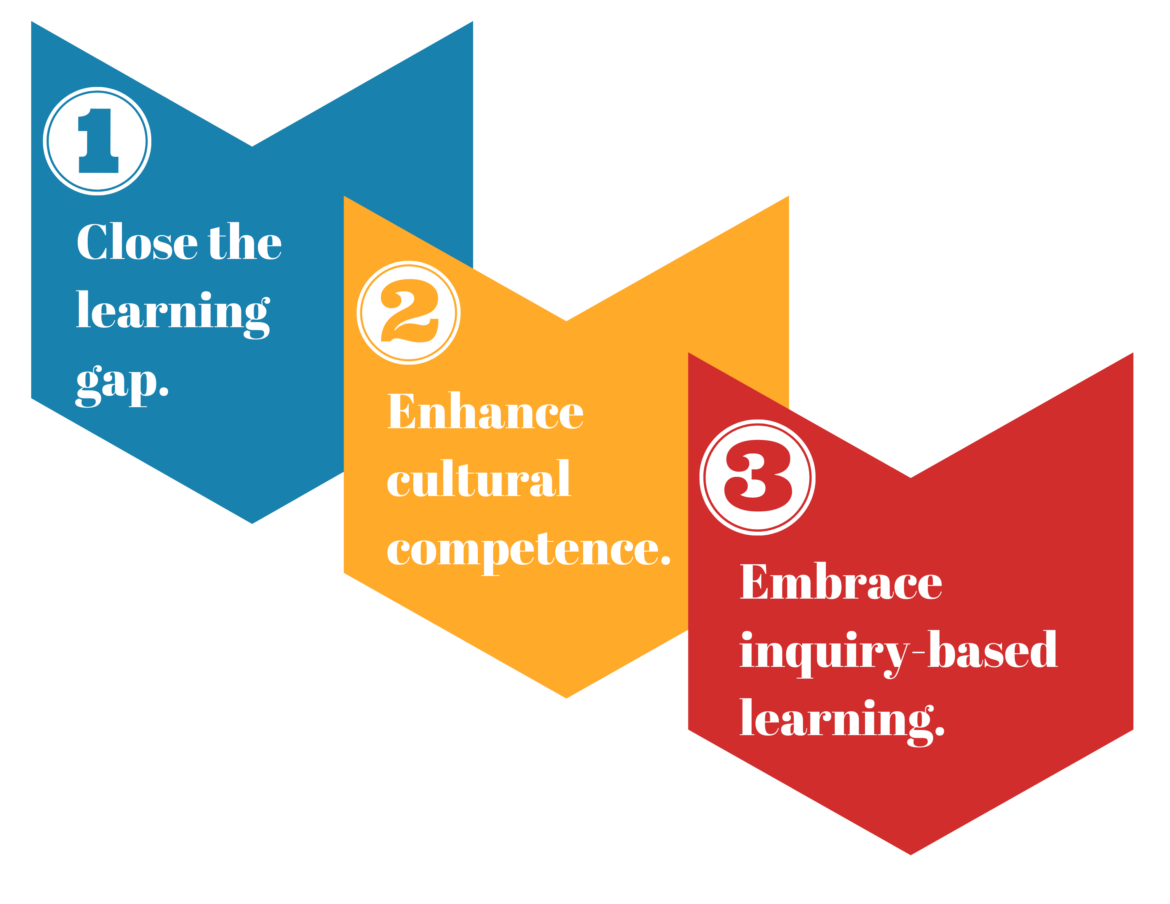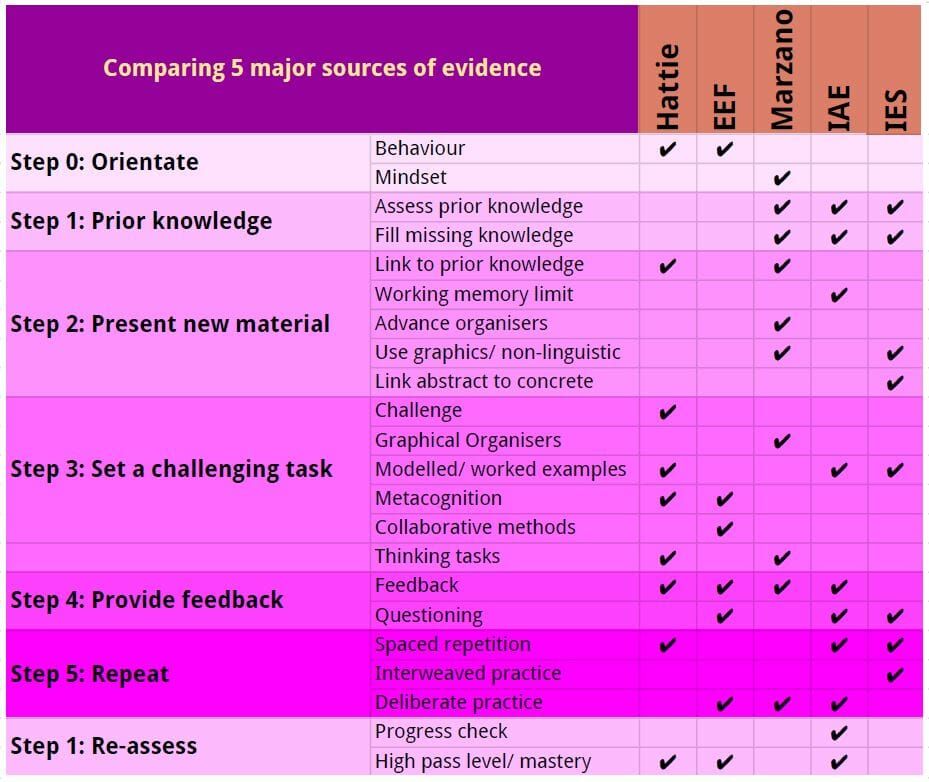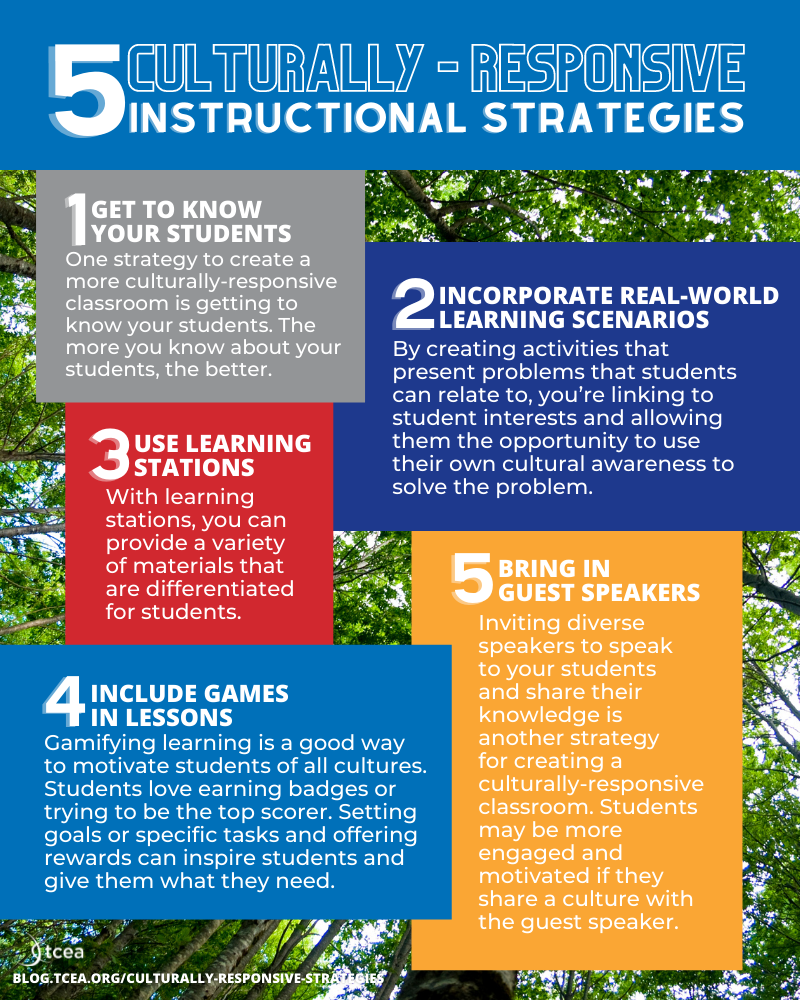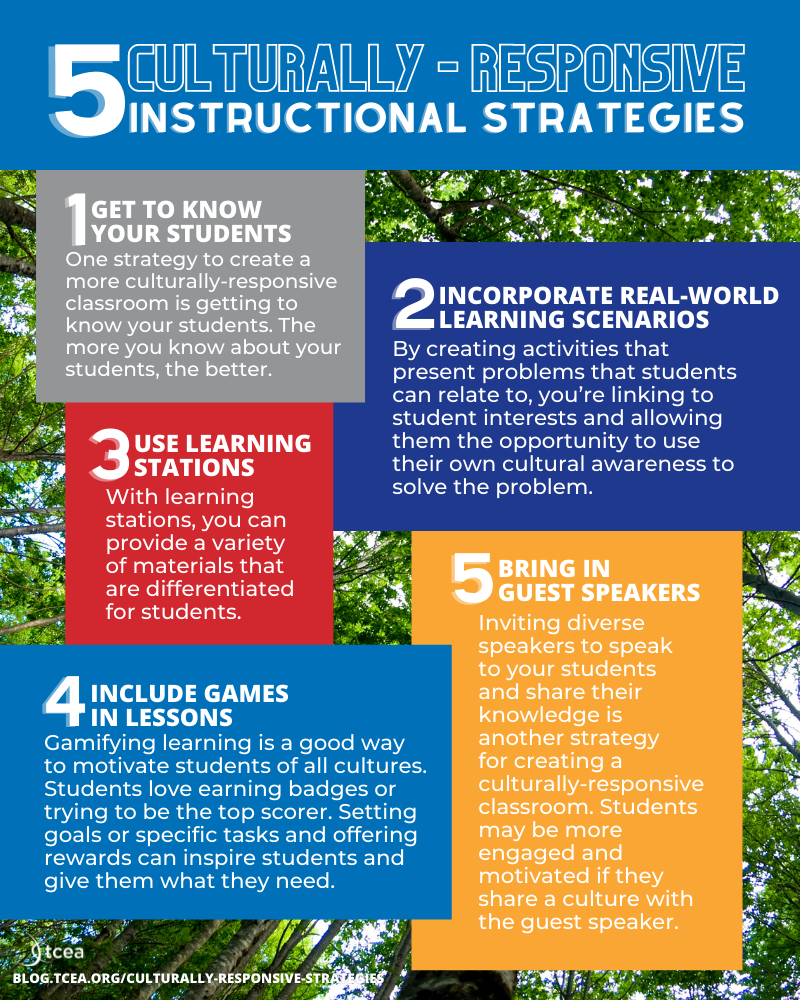I remember being invited to attend a party in high school. I really did not know very many people and felt invisible. Others were laughing and enjoying the party, but I stood in the corner and wondered if anyone saw me. I wanted to wave my hands and say, “Come over here and talk to me!” Does this sound familiar to you? If so, move this scenario into the classroom.
Our classrooms have become a melting pot of nationalities with students from different cultures, beliefs, languages, and mindsets. We cannot afford to overlook anyone by teaching the way we were taught. Our learning environments must be adjusted to foster the success of students from underrepresented backgrounds. Faculty has a golden opportunity to allow all students to be present or visible in the online or face-to-face classroom. Since the landscape of our classrooms has changed, we must tweak our teaching by being culturally responsive teachers. Before I share the benefits of being a culturally responsive teacher, let’s dive into the meaning of a culturally responsive teacher.
What Is Culturally Responsive Teaching?
Margery Ginsberg and Raymond Wlodkowski, in their book, “Diversity and Motivation Culturally Responsive Teaching in College,” shared the following statement.
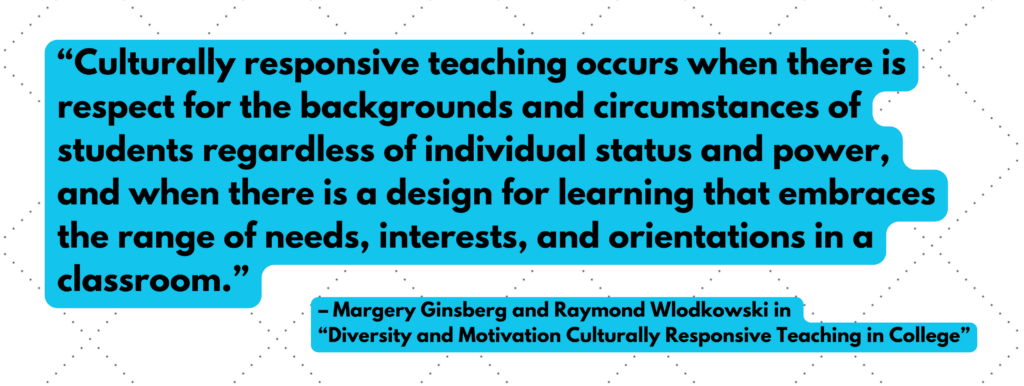
“Culturally responsive teaching occurs when there is respect for the backgrounds and circumstances of students regardless of individual status and power, and when there is a design for learning that embraces the range of needs, interests, and orientations in a classroom.”
Being a culturally responsive teacher recognizes and appreciates diversity. Everyone in your class feels and acts as if they belong at the party (in the classroom). Now, let’s look at some benefits of culturally responsive teaching.
Three Benefits of Culturally Responsive Teaching
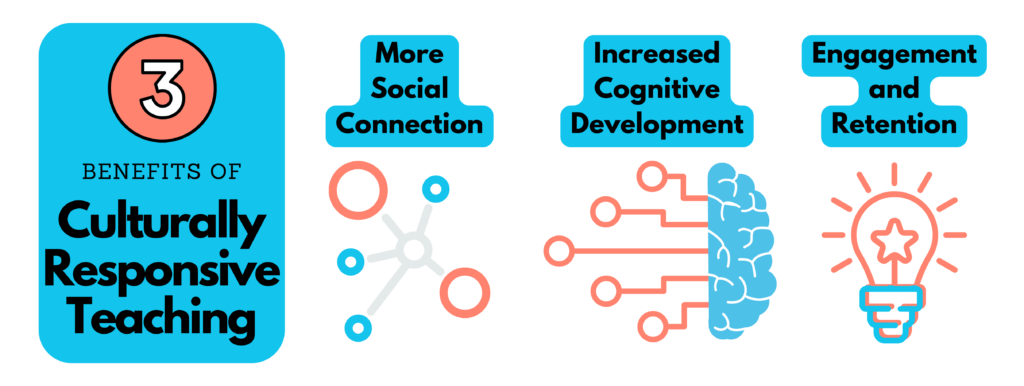
1. Social Connection
You may remember the popular TV show, “Cheers.” It was a bar/restaurant where everyone knew each other. When you went there, you felt as if you belonged. As a culturally responsive teacher, it is important that we know our students by name and create opportunities for students to connect with their classmates. As an instructor, one knows that learning does not take place in isolation. Building a community can be accomplished by hosting informal Zoom chats where students can join and ask questions about the course. Instructors also can start a discussion post called, “water-cooler breaks.” Posts of this nature can include topics such as recommending a good movie, job openings, sharing a shopping website, etc. Through informal Zoom chats and water-cooler breaks, students realize they share similar values and interests and feel more connected to each other.
2. Increased Cognitive Development
Learning thrives in a positive, safe environment. When students can celebrate and appreciate diversity, group work becomes more enjoyable. Students work in harmony to find ways to collaborate and become co-facilitators in the learning process. Students can develop critical thinking skills as they work together on analyzing and solving problems. Sit back and watch students teaching one another and helping students who need extra instruction. The attention moves away from the color of one’s skin, tattoos, or hair styles to focusing on success in the classroom, which leads to development.
3. Engagement and Retention
One huge benefit of culturally responsive teaching is the opportunity to engage students at the beginning of the semester. As you know, the first few weeks of a semester are a very important time to engage and motivate students. Cultural discussion posts, reflective journaling, and collaborative testing are great assignments to establish inclusion. Research indicates that when students bond early through buddy or study groups, they are more engaged in the learning process and take ownership in the class. Furthermore, learning retention rates from semester to semester are higher as well as learning outcomes.
Social connection, increased cognitive development, and engagement and retention are a few benefits of culturally responsive teaching. There is no need to reconstruct your entire syllabus to celebrate and appreciate diversity. You can make a difference today in preparing students to succeed in a global society. Mayo Angelo states it so beautifully in her quote:
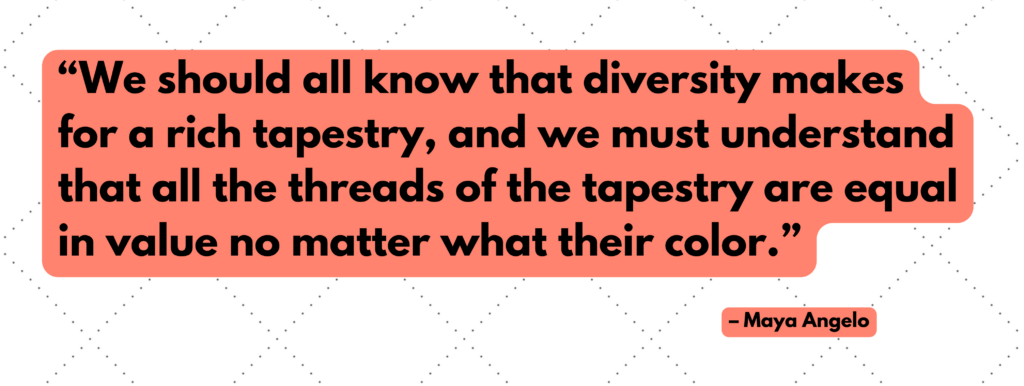
“We should all know that diversity makes for a rich tapestry, and we must understand that all the threads of the tapestry are equal in value no matter what their color.”

